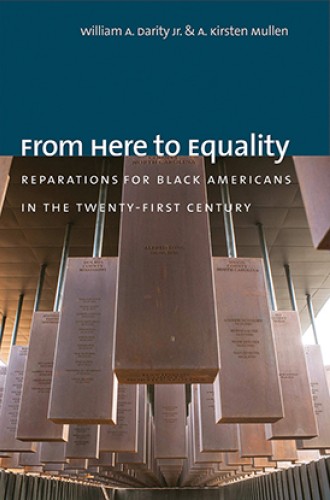Reparations would help close the staggering racial wealth gap
William Darity and Kirsten Mullen make the case for finally addressing a great wrong.
The recurring exhibits of police violence toward Black people and the responses of Black Lives Matter activists, regularly punctuated by the racist dog whistles of President Trump, assure that race will be a core subject of our public conversation for a very long time to come. Among an explosion of good literature on the subject, William Darity and A. Kirsten Mullen’s new volume stakes out a compelling position on a critical matter: the crisis that remains from having left the emancipated slaves of the US South landless and without resources.
From Here to Equality begins with an extended historical review of a roster of missed opportunities to resolve the economic inequality this caused. Our republic, at every turn, has had the chance to deal constructively with the shame and brutality caused by slavery and its aftermath. And at every turn, Darity and Mullen argue, it has failed.
The Declaration of Independence and the Constitution refused to fulfill their own high-flying rhetoric when it came to race. Reconstruction promptly regressed to White supremacy. The generosity of the New Deal was willfully discriminatory and parsimonious toward Black Americans. The civil rights movement of the 1960s was walked back every time it began to come to terms with the injustice of the American system.





